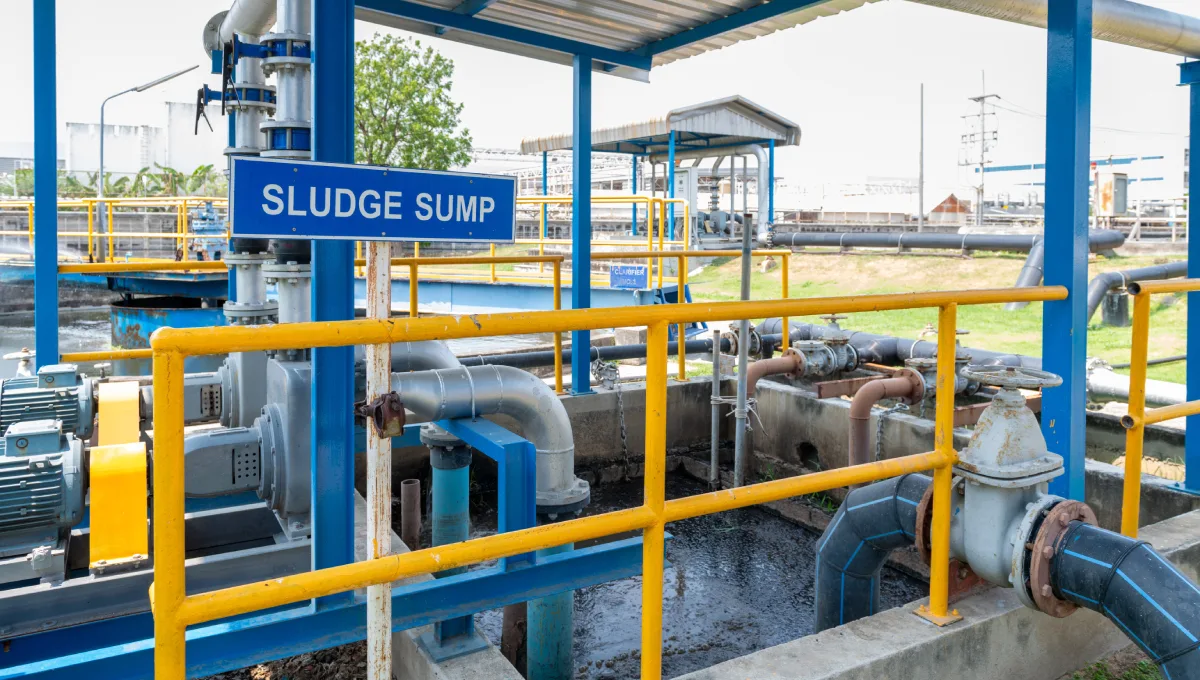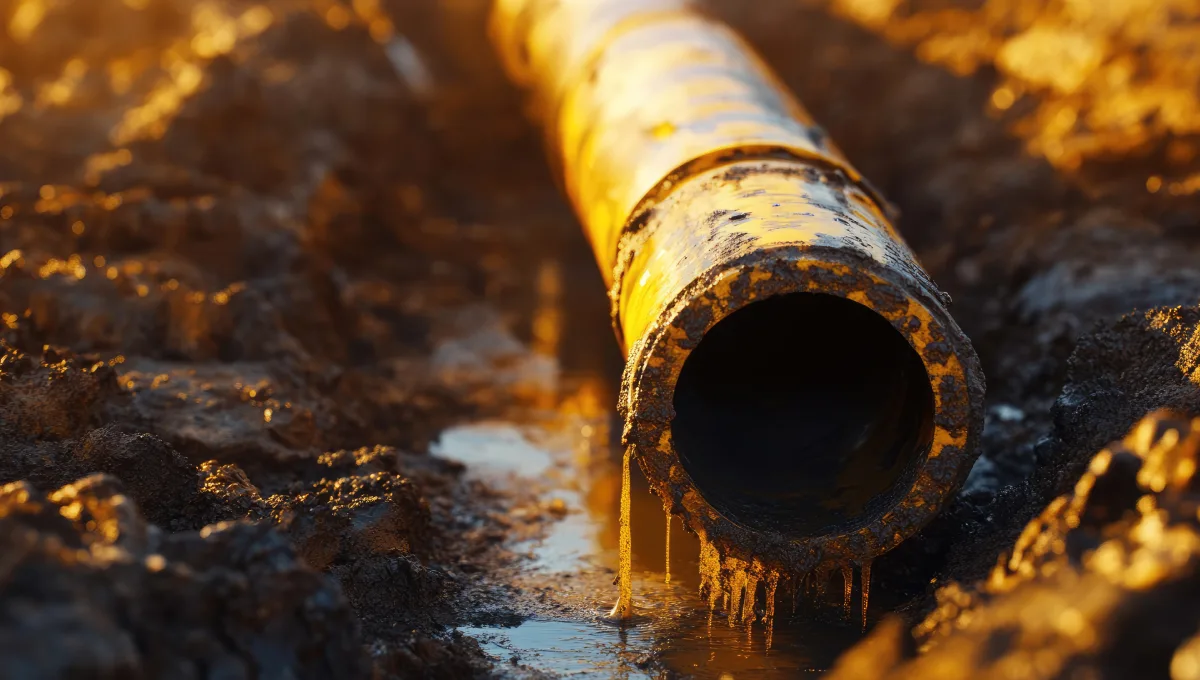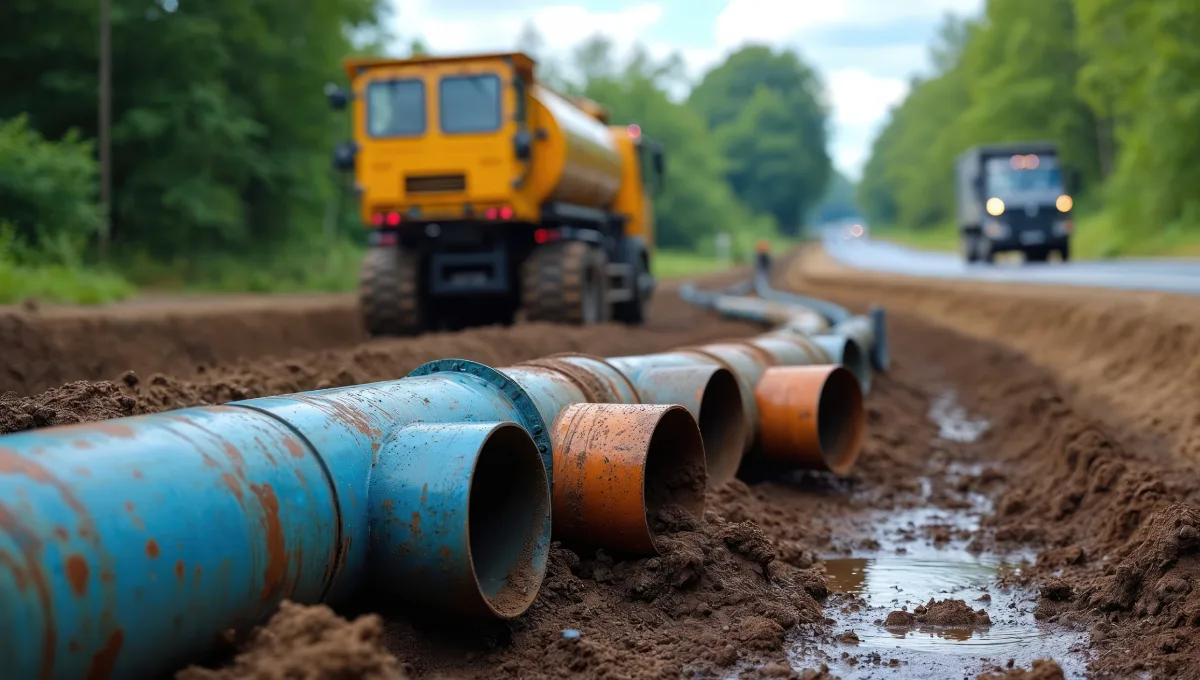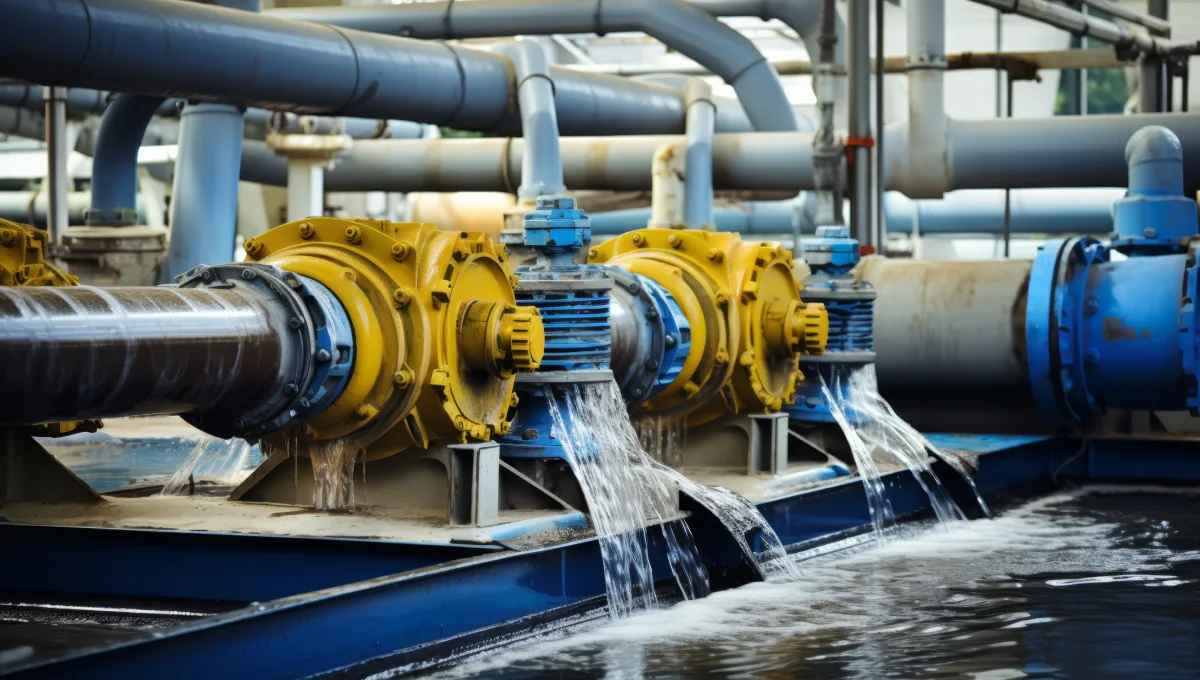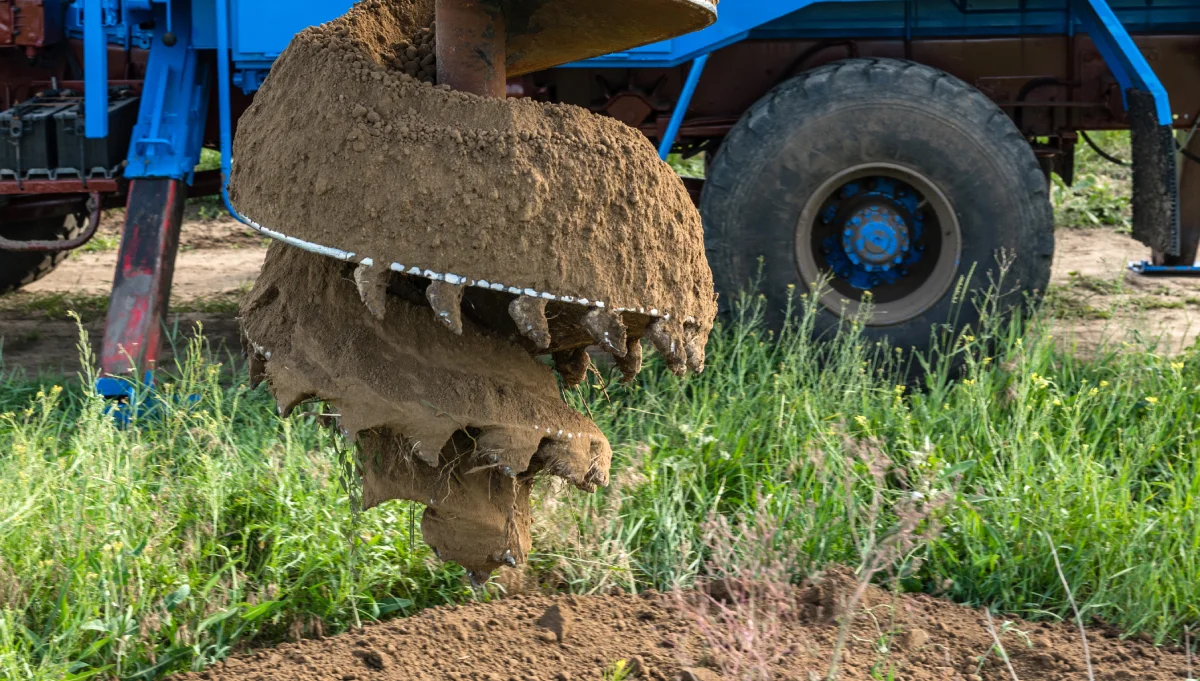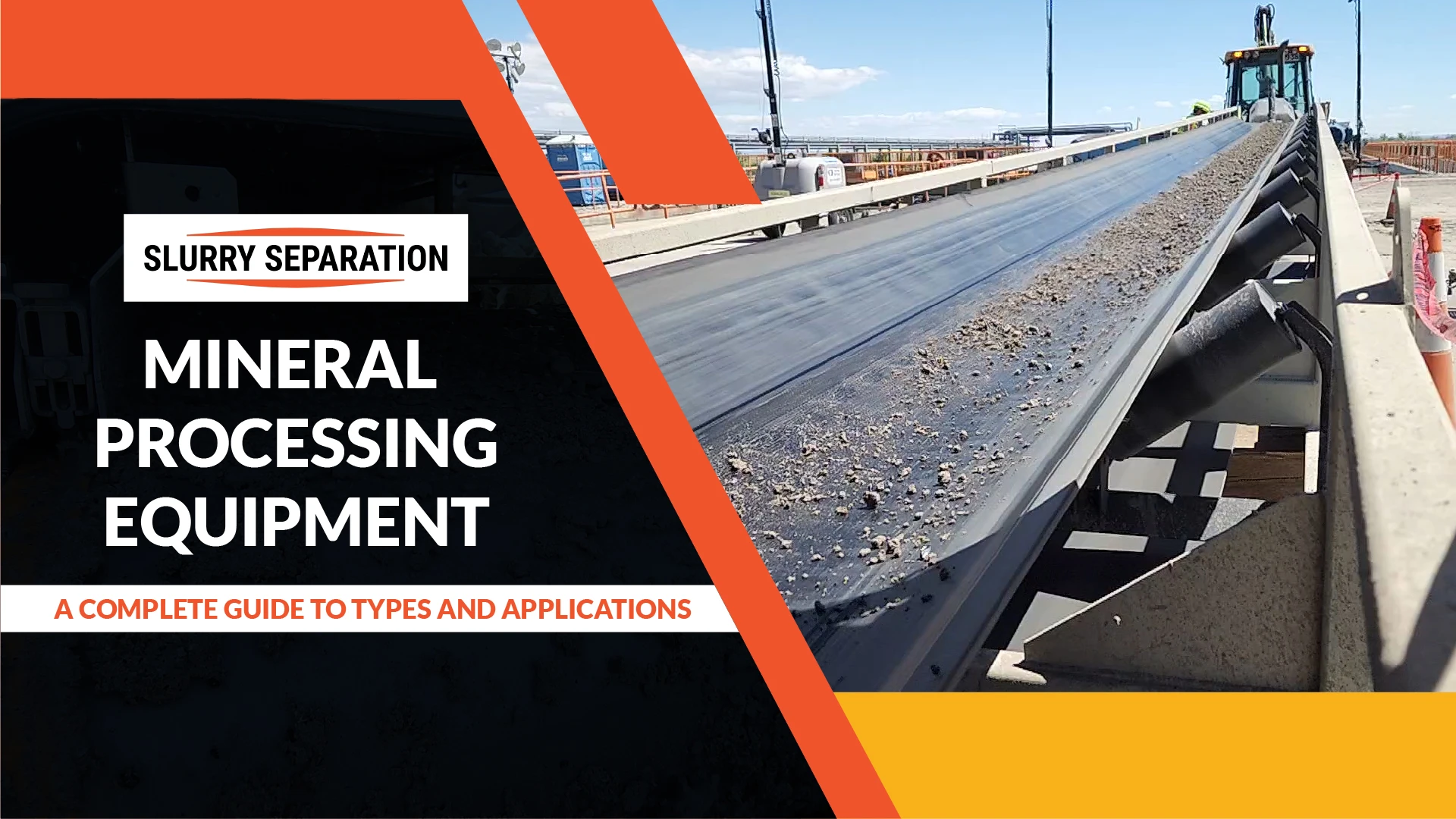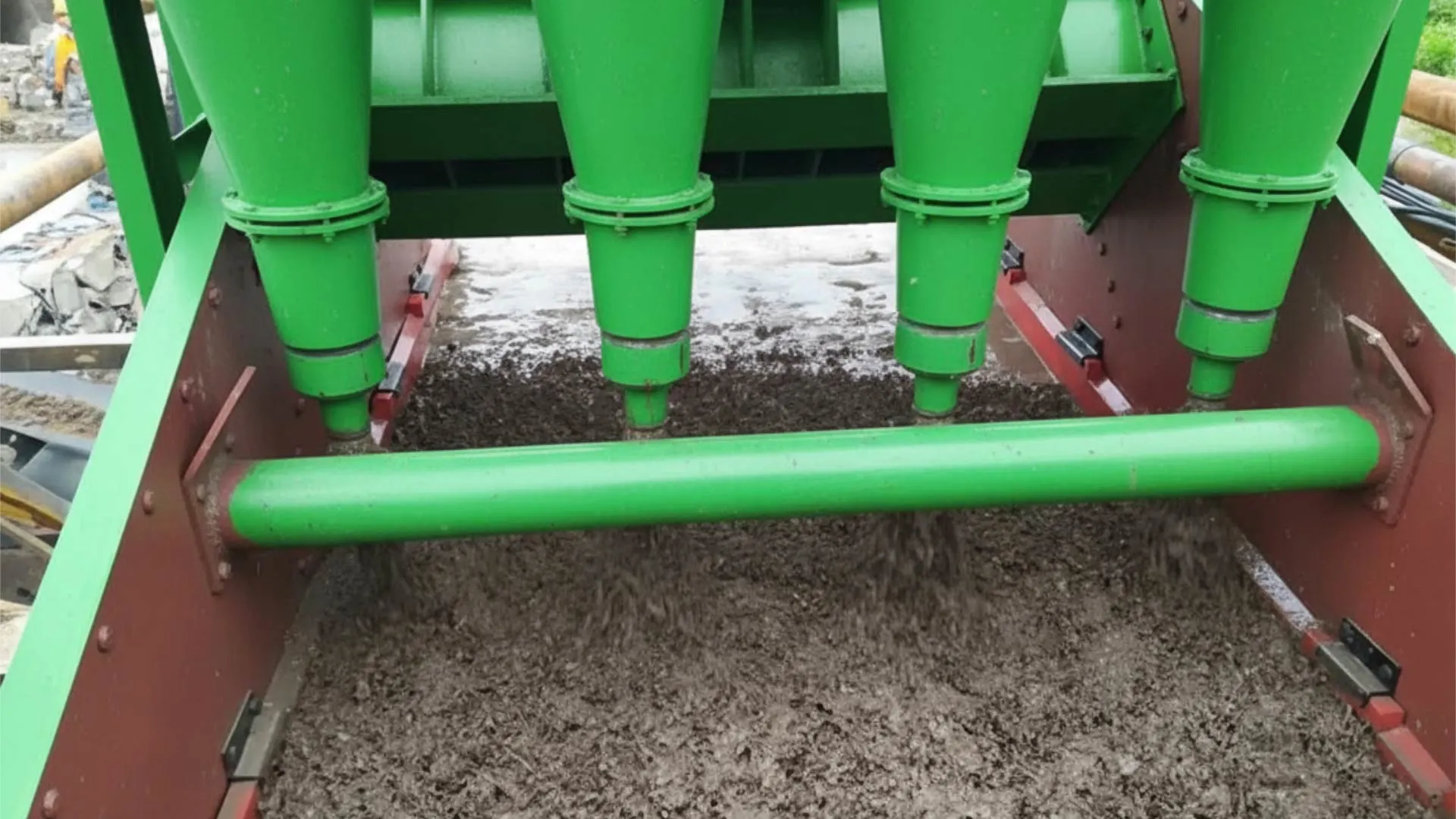- The Role of Wear Resistance in Industrial Sludge Pumps
- Key Materials Used in Industrial Sludge Pumps
- The Science Behind Material Selection: Factors to Consider
- The Impact of Material Selection on Sludge Pump Efficiency and Maintenance
- Submersible Sludge Pumps: Special Considerations for Material Selection
- Real-World Applications of Wear-Resistant Materials in Sludge Pumps
- Maximizing ROI through Strategic Material Selection
- Material Selection as a Key to Pump Performance and Longevity
Industrial sludge pumps are crucial in industries such as mining, oil and gas, municipal services, and heavy construction. These pumps are designed to handle challenging materials like slurry, sludge, and wastewater. Given the harsh operational environments in which industrial sludge pumps work, exposed to abrasive particles, high pressures, and corrosive chemicals, the materials used for their construction directly impact performance, reliability, and maintenance needs.
When selecting materials for an industrial sludge pump, it is essential to consider wear resistance. Pumps operating in environments with abrasive slurries or corrosive substances must be constructed from durable materials that can withstand the harsh conditions. Without proper material selection, pumps are more likely to experience increased wear, necessitating frequent repairs and resulting in costly downtime.
Submersible sludge pumps, in particular, face unique challenges as they often operate underwater or in submerged conditions. These pumps must be resistant to both corrosion from water and wear from solids within the sludge. Materials such as stainless steel and high-chrome alloys are commonly used to ensure long-term performance.
The right material selection ensures that the industrial sewage pump operates efficiently, requiring less maintenance and extending its lifespan. Proper material selection leads to decreased downtime and enhanced production, resulting in a higher ROI for enterprises. Prioritizing wear resistance and durability allows industries to maintain the pump’s continuous performance while lowering long-term operational expenses.
The Role of Wear Resistance in Industrial Sludge Pumps
Wear resistance is a vital factor in the performance and longevity of an industrial sludge pump. These pumps are engineered to handle harsh materials, such as slurry, wastewater, and other abrasive substances, which can cause significant wear over time. Exposure to abrasive particles, high pressures, and chemically aggressive environments directly affects the pump’s components, reducing its operational efficiency and lifespan.
Common Causes of Wear in Sludge Pumps
With respect to the industrial sludge pump, wear and tear primarily occur due to:
Abrasive Particles: Industrial sewage pumps are susceptible to gradual erosion of key components, such as the impeller, seals, and casing. This is due to the presence of hard and abrasive particles, including sand and silt, commonly found in slurry and sludge.
High Pressures: Industrial sludge pumps often operate in high-pressure environments, placing added strain on components, which accelerates wear and leads to reduced efficiency.
Corrosive Chemicals: In aggressive industrial environments, such as those found in the oil and gas industry, the chemical composition of sludge can lead to significant corrosion of pump materials. This corrosive action compromises the pump’s structural integrity and diminishes its overall performance.
For submersible sludge pumps, these issues are particularly challenging. Being submerged for long periods, these pumps face the added risk of corrosion from water while also dealing with abrasive or chemically aggressive materials in the slurry.
Wear resistance in submersible sludge pumps helps reduce maintenance needs and downtime, ensuring consistent and efficient performance, as well as longer pump lifespans. By investing in pumps with strong wear resistance, industries can optimize their operations and achieve a greater return on investment.
Key Materials Used in Industrial Sludge Pumps
Selecting the appropriate material for industrial sludge pumps is critical to ensuring optimal performance, reliability, and longevity. The material choice depends on the specific operating conditions, such as the type of slurry being pumped, exposure to chemicals, and the level of abrasiveness. Here are some key materials commonly used in industrial sludge pumps:
High-Chrome Alloys
High-chrome alloys are well-suited for industrial sludge pumps that process slurries with significant solid content due to their excellent resistance to abrasive wear. This makes them highly effective in demanding applications involving abrasive materials such as sand, silt, or gravel. Despite their superior durability, these alloys may not be suitable for all high-impact settings due to their inherent brittleness under impact.
Stainless Steel
Stainless steel is renowned for its exceptional corrosion resistance, particularly when industrial sludge pumps are subjected to chemically aggressive slurries. This material is commonly used in submersible sludge pumps, which often operate in submerged conditions where corrosion from water and chemicals is a concern. While stainless steel is less resistant to abrasion compared to high-chrome alloys, it excels in handling corrosive sludges, making it an ideal choice for applications in industries such as oil and gas.
Rubber Linings
Rubber linings are a cost-effective option for industrial sludge pumps, providing excellent protection against corrosion and offering flexibility in various applications. Rubber is particularly useful in handling non-abrasive slurries, but it can wear out more quickly in abrasive environments. In dewatering sludge pumps, rubber linings help minimize corrosion but may require more frequent maintenance in harsh conditions.
The optimal material choice is determined by the type of sludge, the operating environment, and overall cost-effectiveness, as each material offers unique benefits.
The Science Behind Material Selection: Factors to Consider
When selecting materials for industrial sludge pumps, it’s essential to evaluate specific material properties that influence wear resistance and overall pump performance. Key factors such as hardness, toughness, and corrosion resistance must be carefully considered to ensure long-term operational efficiency.
Hardness
Harder materials tend to be more resistant to abrasion, making them suitable for industrial sewage pumps that handle slurries with high solid content. For example, high-chrome alloys are known for their hardness and excellent resistance to abrasive wear. These materials are ideal for applications like mining, where abrasive particles can quickly degrade pump components. Submersible sludge pumps, in particular, benefit from hard materials to resist wear caused by abrasive solids in submerged conditions.
Toughness
Toughness refers to a material’s ability to resist cracking or breaking under stress. Industrial sludge pumps often operate under high pressures, and selecting a tough material is vital to avoid pump failure. Materials with high toughness can withstand the intense mechanical stresses and impact forces encountered during pump operation, ensuring reliability in demanding environments.
Resistance to Corrosion
Pumps exposed to chemically aggressive slurries must be made from materials resistant to corrosion. Stainless steel is commonly chosen for its corrosion-resistant properties, especially in submersible sludge pumps used in harsh, aquatic conditions. It can resist damage from both acidic and alkaline environments, ensuring long-lasting performance.
Additionally, matching the material to the slurry composition, particle size, and chemical aggressiveness is crucial for achieving optimal performance and minimizing wear.
The Impact of Material Selection on Sludge Pump Efficiency and Maintenance
The material selection for the sludge pump plays a crucial role in its efficiency, longevity, and maintenance requirements. By choosing materials with superior wear resistance and corrosion resistance, businesses can significantly reduce operational costs while maximizing pump performance.
Impact on Efficiency
Optimizing the efficiency and longevity of industrial sewage pumps hinges on the use of high-quality materials. High-chrome alloys, for instance, significantly reduce friction and wear due to their excellent abrasion resistance. This not only facilitates smoother fluid transfer but also leads to lower energy consumption. Conversely, pumps constructed from less durable materials experience increased friction, which drives up energy costs, diminishes output, and ultimately compromises operational efficiency.
Reduced Maintenance and Downtime
Choosing materials that resist wear and corrosion reduces the need for frequent maintenance. For industries like mining, oil and gas, and municipal wastewater management, this is crucial. Pumps that endure wear longer mean fewer repair interventions, which translates to less downtime. For dewatering sludge pumps, which often operate in submerged or harsh environments, this can lead to significant reductions in maintenance needs, ensuring that operations remain uninterrupted and cost-effective.
Cost Savings
Investing in durable materials not only extends the lifespan of industrial sludge pumps but also minimizes the need for repairs and replacements. Submersible sludge pumps, which operate in especially challenging conditions, greatly benefit from wear-resistant materials. These choices result in significant savings in maintenance costs, ensuring long-term reliability and performance, while also yielding a higher return on investment.
Submersible Sludge Pumps: Special Considerations for Material Selection
Submersible sludge pumps are designed to operate underwater, handling challenging materials like slurries and wastewater in submerged environments. This presents unique challenges in material selection, as these pumps must contend with both water exposure and contact with slurry. Continuous exposure to water increases the risk of corrosion, particularly in components such as the motor and casing. Additionally, dewatering sludge pumps often deal with slurries that contain abrasive solids and aggressive chemicals, which can accelerate wear and tear.
Key Material Properties for Submersible Sludge Pumps
To ensure optimal performance and longevity, selecting materials with specific properties is crucial:
- Corrosion-Resistant: Since dewatering sludge pumps are continuously exposed to water and chemicals, materials like stainless steel or specially engineered coatings are essential to protect against corrosion. These materials help maintain the pump’s structural integrity, ensuring long-term reliability in submerged conditions.
- Wear-Resistant: Dewatering sludge pumps often handle abrasive slurries, so materials that resist wear are critical. High-chrome alloys and rubber linings are commonly used to provide resistance to the abrasion caused by solid particles in the slurry, reducing maintenance needs and extending the pump’s lifespan.
For industrial sludge pumps operating in harsh environments, choosing corrosion-resistant and wear-resistant materials ensures reliability and efficiency, ultimately minimizing downtime and maintenance costs.
Real-World Applications of Wear-Resistant Materials in Sludge Pumps
Selecting the right materials for industrial sludge pumps is crucial for ensuring their efficiency and longevity across various industries. Below are a few real-world examples highlighting how different materials contribute to the performance of these pumps:
- Mining: Industrial sludge pumps in mining applications are responsible for transporting abrasive tailings and slurries. High-chrome alloys are ideal for these environments, providing exceptional resistance to the abrasive wear caused by harsh materials, ensuring reliable pump performance in these demanding conditions.
- Oil and Gas: Industrial Sludge pumps used in the oil and gas industry are exposed to slurries contaminated with chemicals and petroleum products. In these applications, stainless steel’s corrosion resistance is crucial, as it protects pump components from the damaging effects of both harsh chemicals and seawater.
- Municipal: In municipal wastewater treatment, sludge pumps must handle both abrasive particles and corrosive chemicals. Submersible sludge pumps made with rubber linings or stainless steel offer an optimal balance of wear and corrosion resistance, ensuring efficient operation and longer pump life.
- Heavy Industry: In construction and infrastructure projects, industrial sludge pumps handle large volumes of slurry and wastewater under high pressures. Materials like high-chrome alloys and rubber linings are commonly used to ensure pumps operate efficiently, even under abrasive and demanding conditions.
Selecting the right and appropriate material enhances the performance and longevity of industrial sludge pumps, minimizing downtime and reducing maintenance costs.
Maximizing ROI through Strategic Material Selection
Strategic material selection plays a key role in maximizing the ROI of industrial sewage pumps. By carefully selecting the right materials, businesses can reduce operational costs, extend pump lifespans, and improve overall efficiency, all of which directly contribute to a higher return on investment.
How Material Selection Impacts ROI
The right material choice for industrial sludge pumps minimizes downtime and reduces maintenance needs, significantly impacting ROI. For example, pumps made from high-chrome alloys and stainless steel are known for their durability, requiring fewer repairs and offering a longer operational lifespan. This results in lower maintenance costs and a reduced total cost of ownership. Additionally, submersible sludge pumps, often exposed to more extreme conditions, benefit from corrosion-resistant and wear-resistant materials, ensuring they operate efficiently for longer periods without frequent failures.
Long-Term Benefits
Investing in wear-resistant materials for industrial sludge pumps provides significant long-term benefits, including reduced maintenance costs, lower energy consumption, and fewer replacements. These benefits boost ROI by mitigating often-unnoticed operational expenses. High-quality materials ensure efficient pump performance, leading to long-term cost savings and increased productivity.
Material Selection as a Key to Pump Performance and Longevity
Material selection is necessary for the performance, efficiency, and longevity of industrial sludge pumps. By using wear-resistant materials such as high-chrome alloys, stainless steel, and rubber linings, pumps can withstand the most demanding operating conditions. This ensures minimal downtime, fewer repairs, and reduced maintenance costs, contributing to better operational efficiency.
For procurement heads and engineers, selecting the right materials for industrial sludge pumps is more than just a technical choice; it’s a strategic decision that impacts the overall success and ROI of an operation. Materials like high-chrome alloys offer superior abrasion resistance, while stainless steel ensures durability in corrosive environments. For submersible sludge pumps, choosing corrosion-resistant and wear-resistant materials is essential to withstand constant immersion and abrasive slurries.
Companies should collaborate closely with experts to select materials that meet the specific needs of their applications. Choosing the right materials not only extends the pump’s life but also enhances operational efficiency, reduces hidden costs, and maximizes the return on investment. By focusing on material quality, businesses can ensure reliable pump performance, even in the harshest conditions.

